The mast we call the beast
In the summer months of 2023 club members Andy G7LRR and Mike Wood started to build a mobile trailer mast that came to be known later as the beast by other members.
Work began in the form of stripping an old caravan down to salvage the chassis, On doing so a plan was then formed on how we were going to mount the mast as we wanted to use materials we had a lying about (i.e. FREE) and recycled steel.
This task involved welding, grinding and designing on the spot with raw materials a scam pump mast on a ground post had been acquired ready.
The first step was cleaning all surface rust from the running gear and rust-proofing, the main chassis was galvanized steel as luck would have it and was in good condition all ready for painting.
We mounted the mast finding a good balance over the running gear then started to build around it, We also wanted to make the mudguards strong so people could sit on them as we have had trailers that club members sit on and mudguards break, we used 20mm box steel then shaped aluminium checker plate to form the outside mudguards the plastic inner wheel guards was from the caravan we scrapped.
Next was how to make the out-riggers and to have them adjustable and removable, Mike had already thought of it and had saved the windup steadying legs from the Caravan. So how do we use them? As the only steel we had lying around was tube and some square box section, once again a plan was formed and it worked very well for what we needed with the outriggers done they worked great, maybe not great looking and a little odd but well up to the job at hand.
At this point we had a test run putting the mast up to full height and making sure the out riggers were far enough out as it happened all was well (great planning !! ) after all the mast while in use would be always guyed. We also had to test if we had made so far towed smoothly a (slow’ish) test run around the site was done to our delight it was fine.
Next came the mounting of the cradle so we could lower the mast over for transporting keeping the center of gravity low.
Now came the decking Mike had some old scaffolding boards that came in handy for this task.
The only thing we had to buy was new LED lights and number plate lights with all this now mounted and in place we looked to undercoating and painting.
This task was taken on by Sue M6URG who made a cracking job of it over a couple of weekends again the paint was what we had lying about the workshop but made the trailer look good, Old fence paint was used to stain the woodwork then water-based vanish on top with some fine sand mixed in for grip.
Sean M0SLY donated a Site Box for the back this balanced the full trialer really well and carries the lots of rope coaxs etc…
During the build of the trailer, many members came up with nicknames for it, Scud launcher, and Rocket launcher but one that stuck out the most was’ The Beast’ so it stuck and that’s the name of it now.
So far working only the odd weekend on the trailer we were well into August and the holiday season and it just so happened that one of Mike’s retired workmates came to visit him for a week and his name was Tom. Now Tom has been a welder fabricator all his working career, well how could we let this opportunity pass up without asking for his advice and his skill set? We had a talk and came up with fabricating a removable cage for the rotator and stub pole to mount on once a paper drawing was made Andy and Mike cut all the steel Tom had asked for, Tom soon got to work welding and making sure this was going to handle whatever we throw at it. It was VERY Heavy Duty and worked fine.
All we needed now was an event to test The Beast in action, Our Club (HFDXARC) had nothing planned on the calendar but HADAR had an event planned so after a call to their chairman Rich M0RRK they were more than happy to test it for us on their HF field day event,
HFDXARC club member Paul 2E0WPW in the meantime had been servicing and renewing hardware on our 3-element Hy-Gain TH3 (20-15-10m) beam which is now over 53 years old and still like new having been well looked after over the years. We had a test run to tune the beam up and make all-new guy ropes and lanyards for the mast.
With that all tested the field day came along and Mike and Andy G7LRR towed the mast to the event and set it all up for the HADAR radio club. This took 45 minutes not bad for a first deployment the weekend went very well and The Beast had its first outing without any issues.
All in all the beast was a great fun project building, and works just as we planned it, We are now planning to build another but a lattice construction this time, this one may well come up for sale, So keep looking you never know you too could have your own Mini Beast.


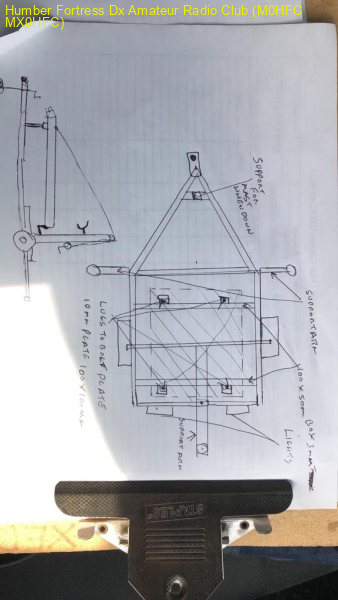








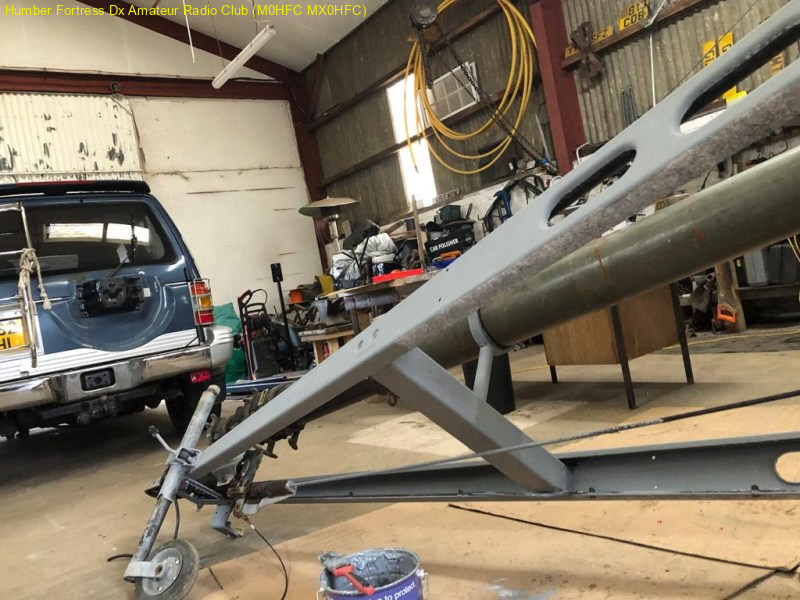

















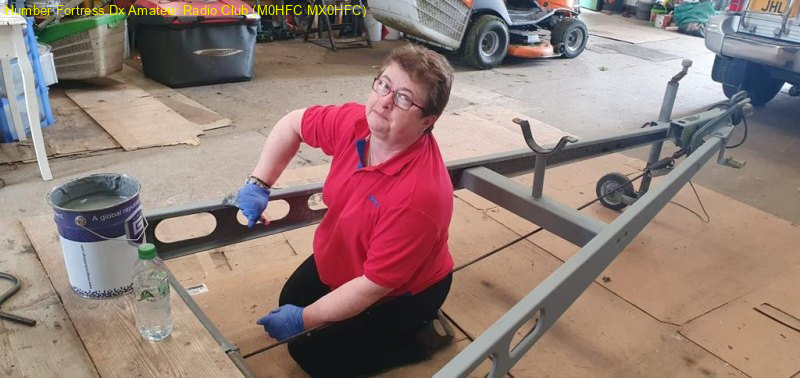






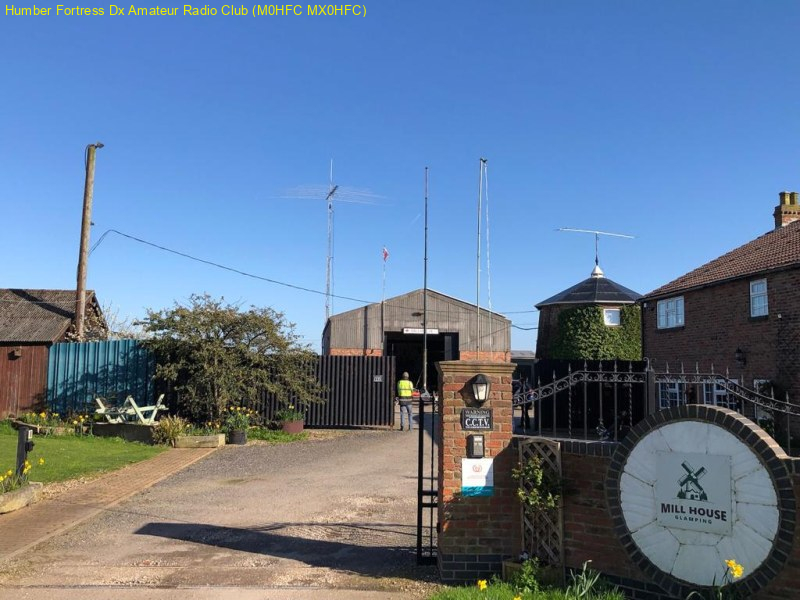


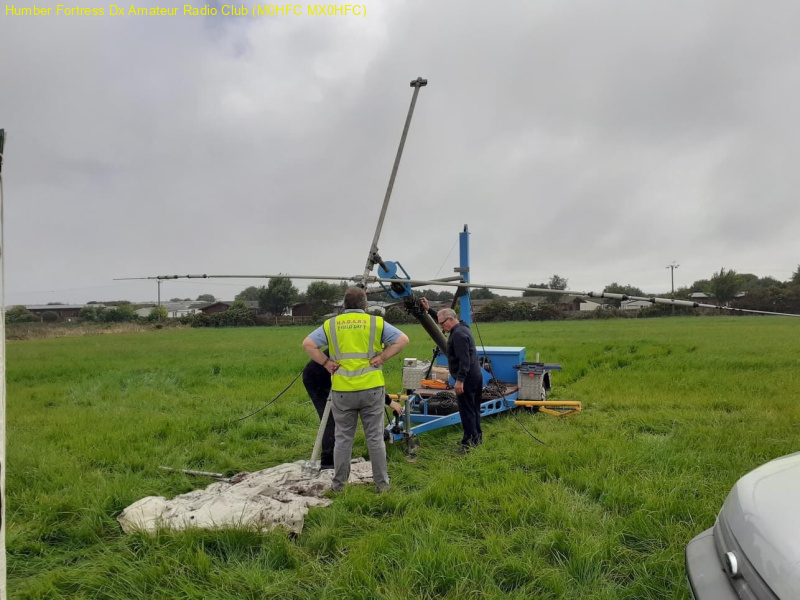


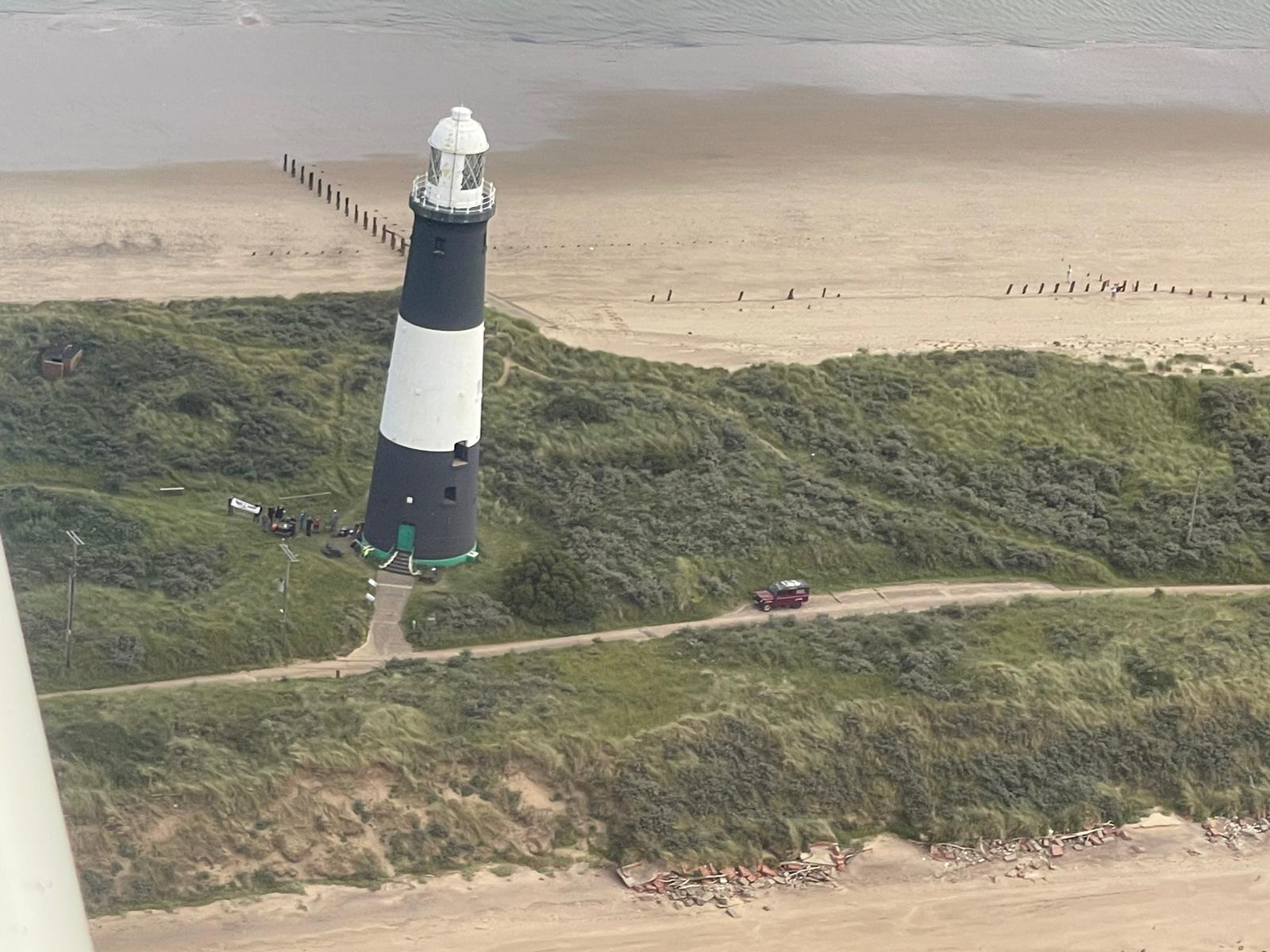




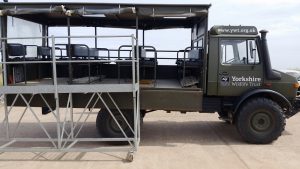












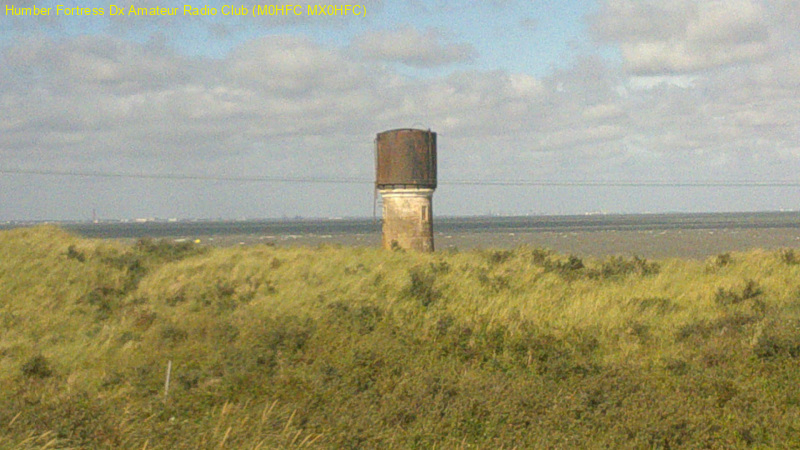



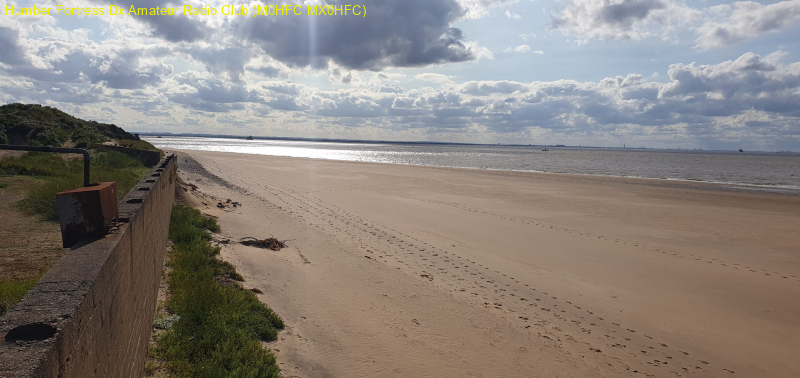







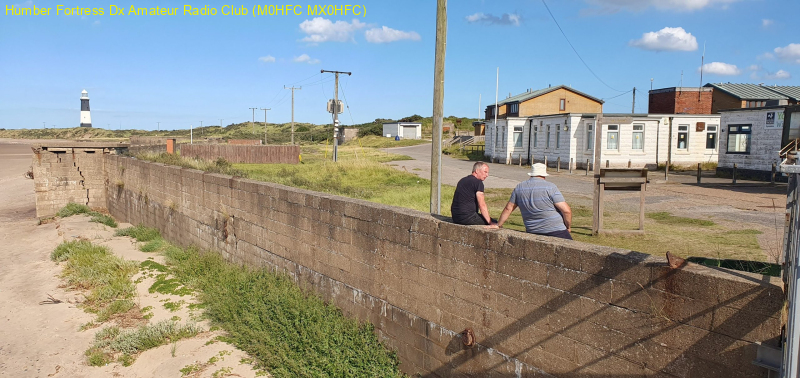







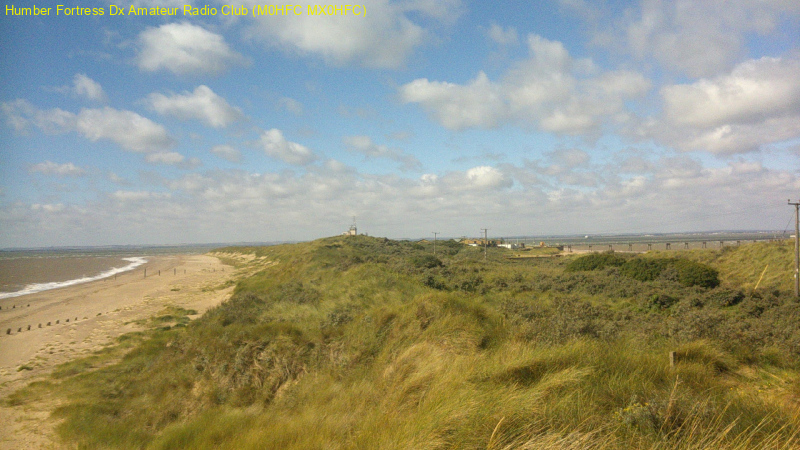











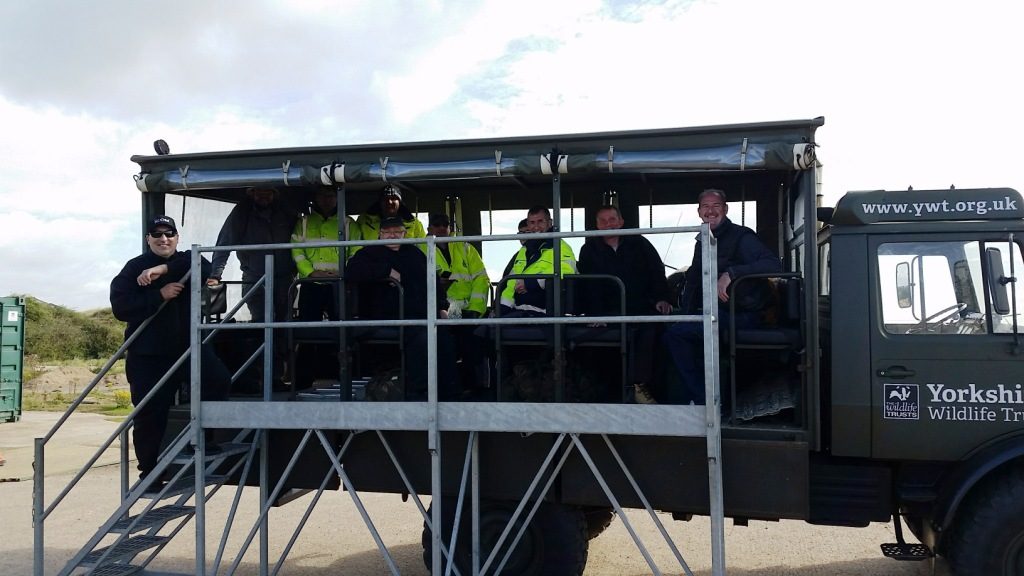



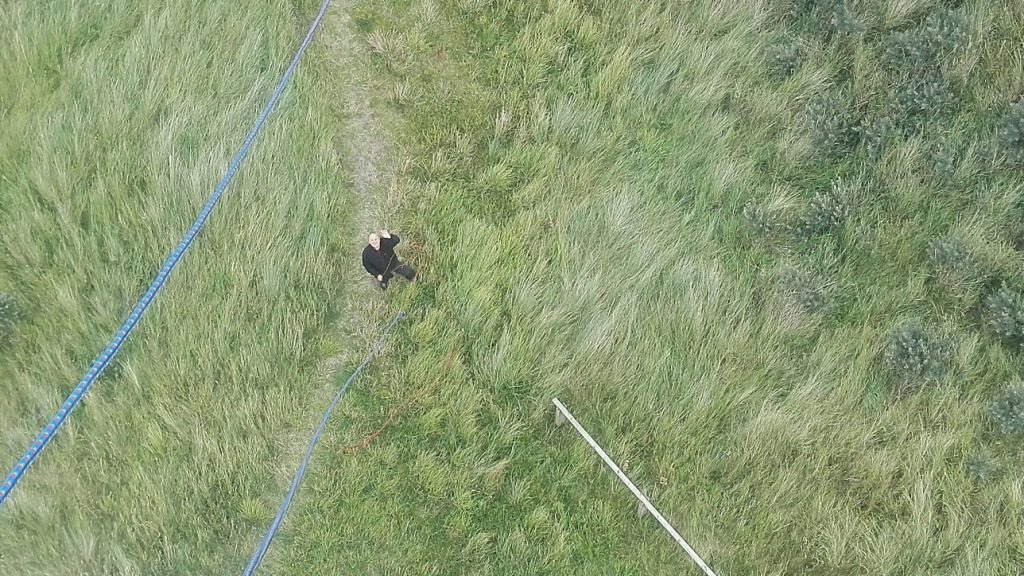










































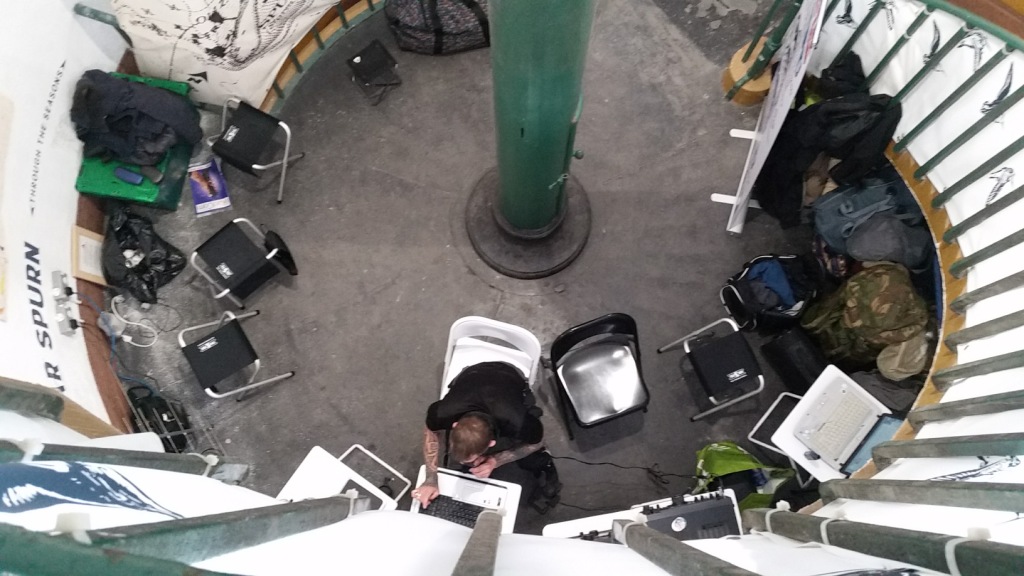
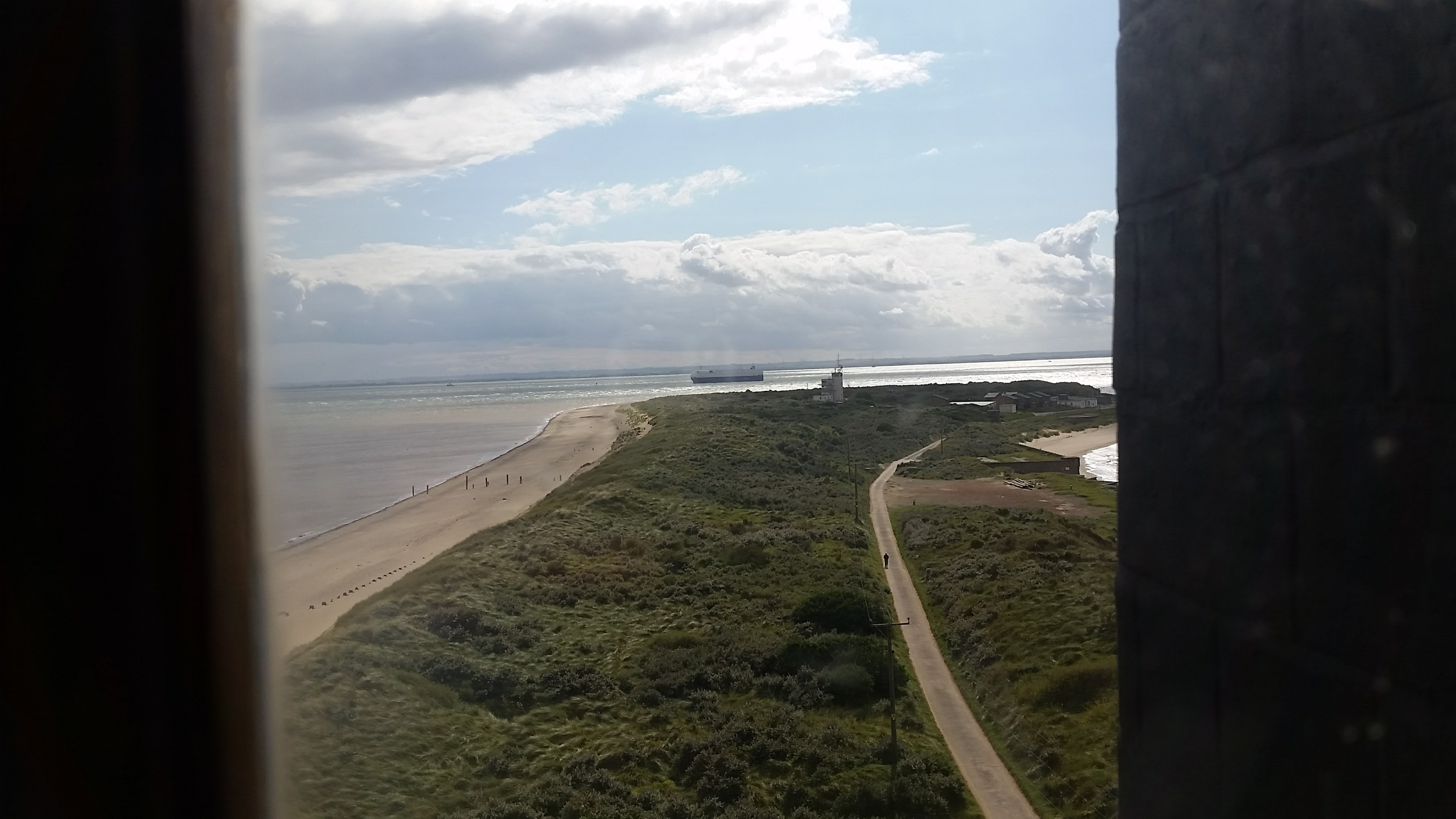











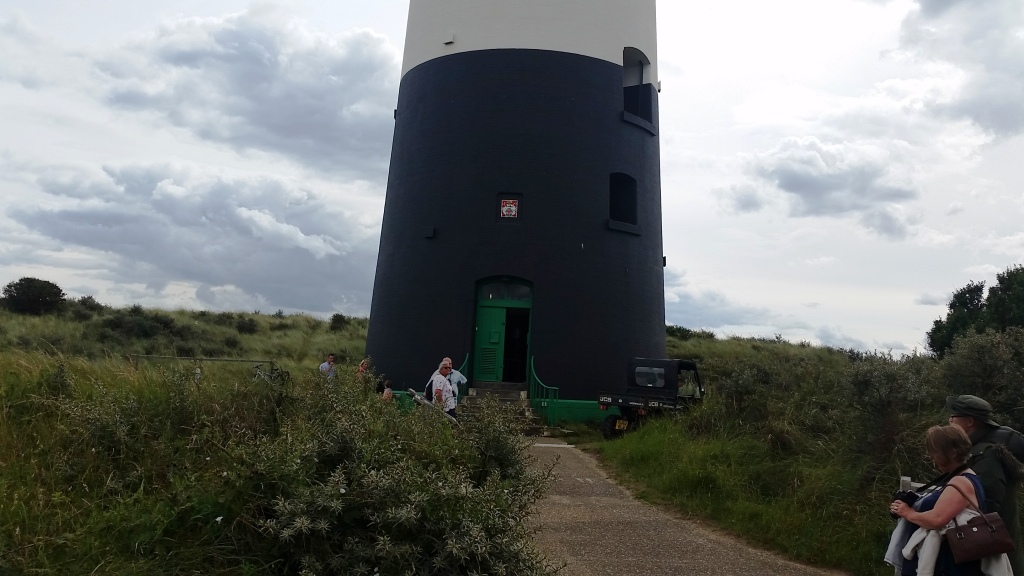








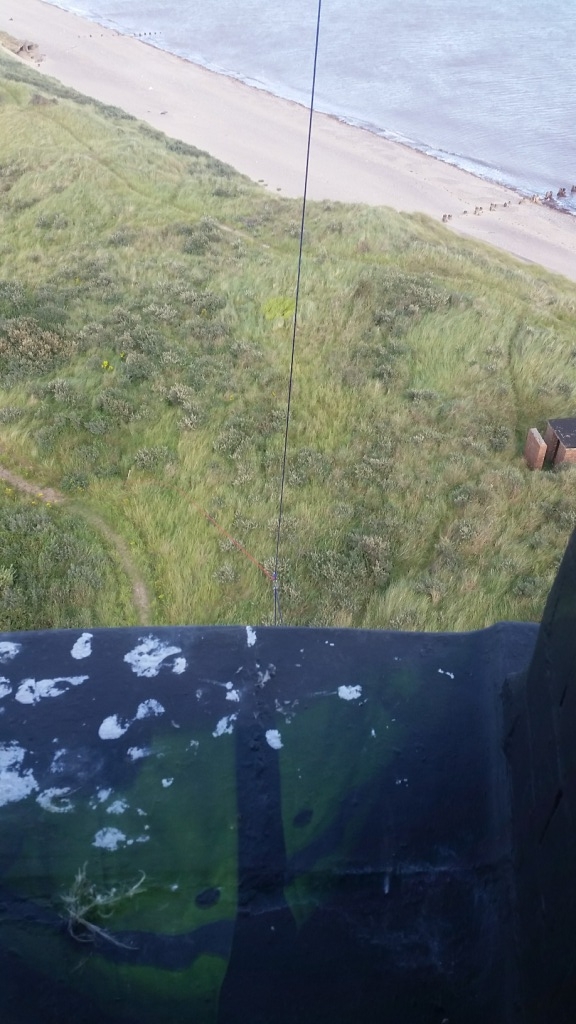






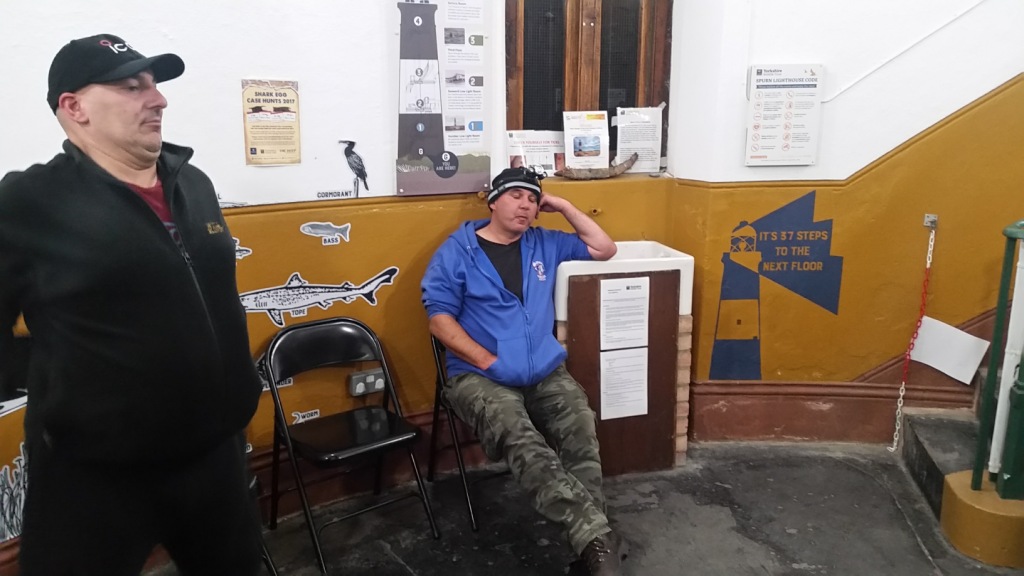










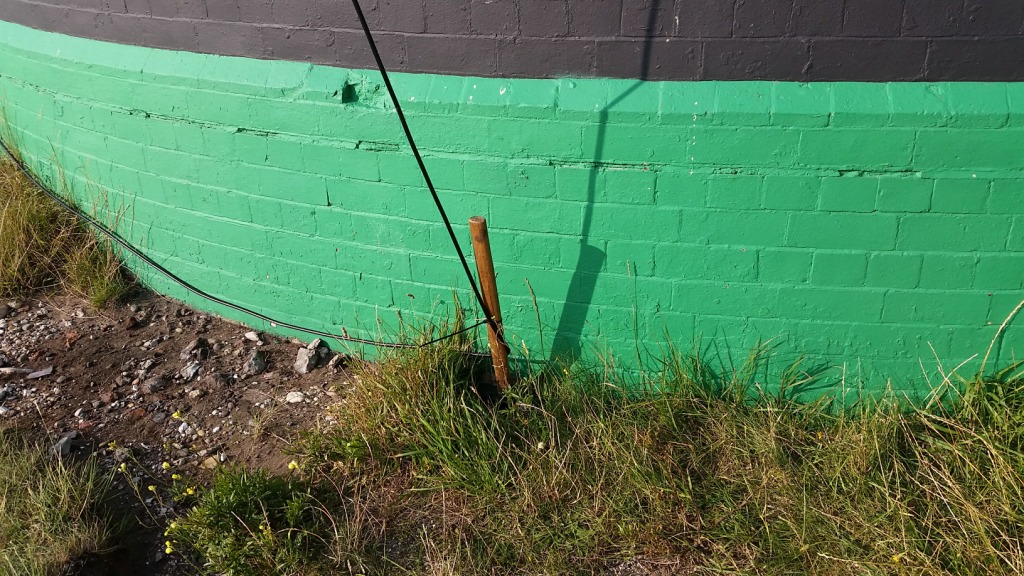


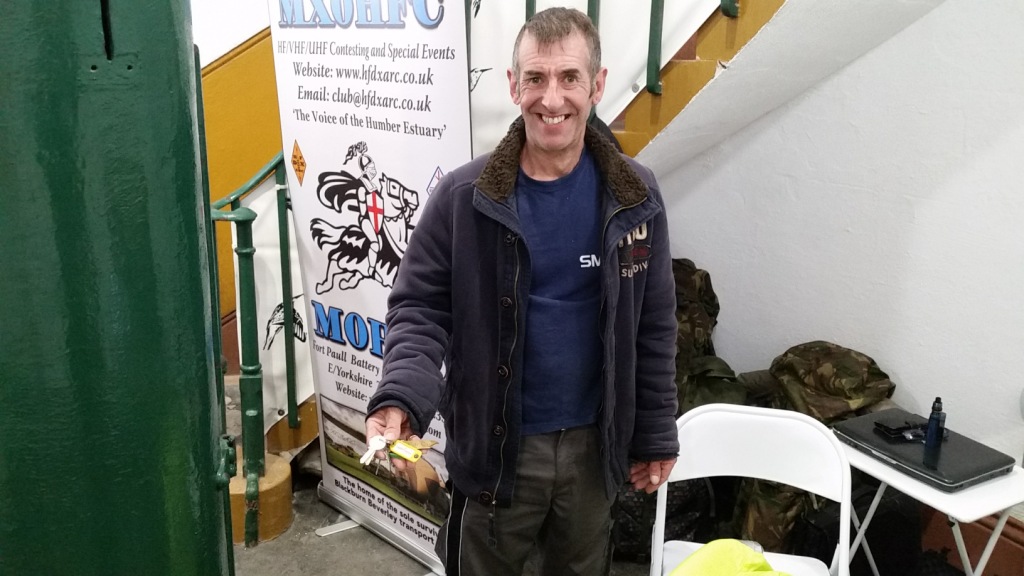
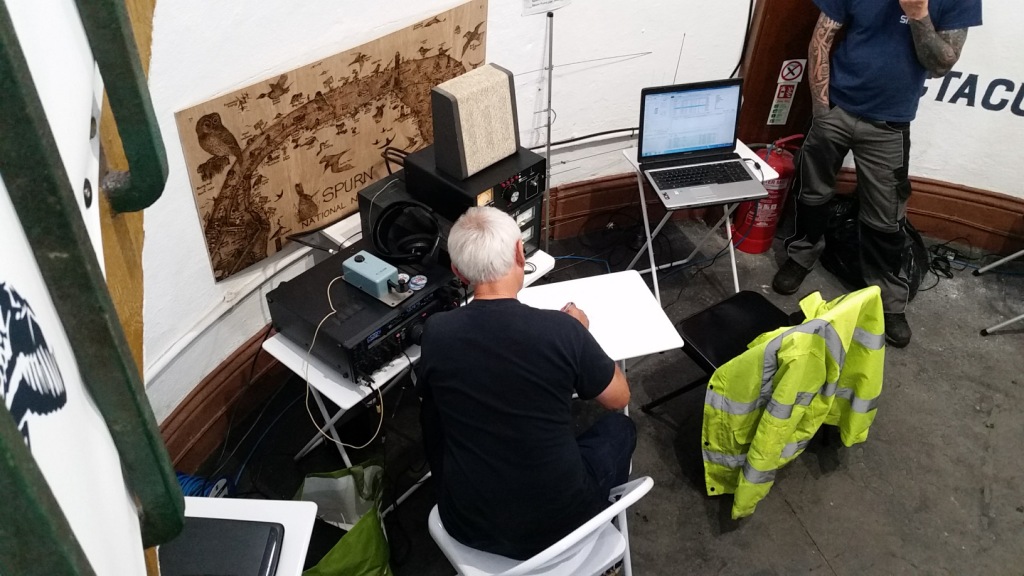




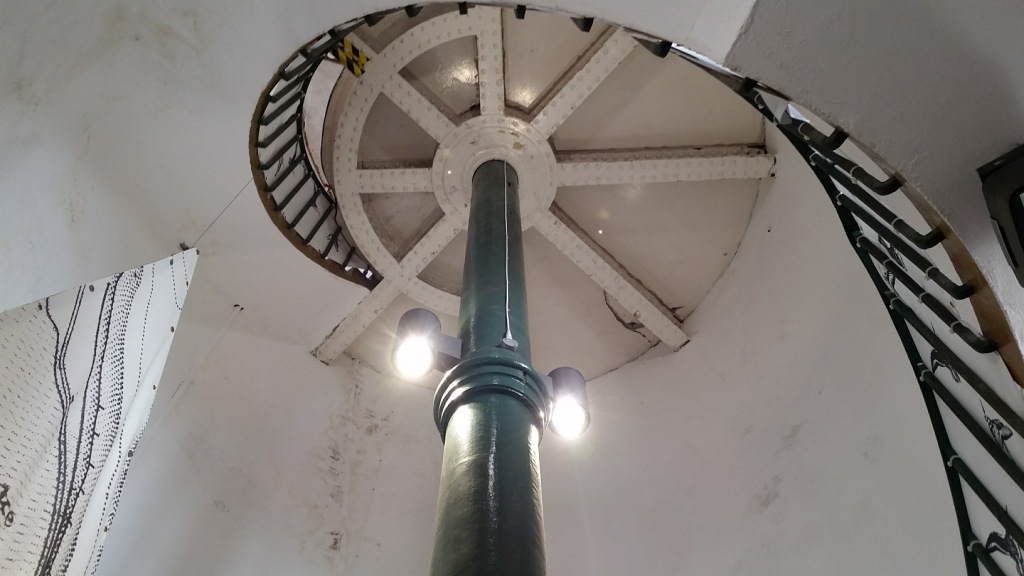


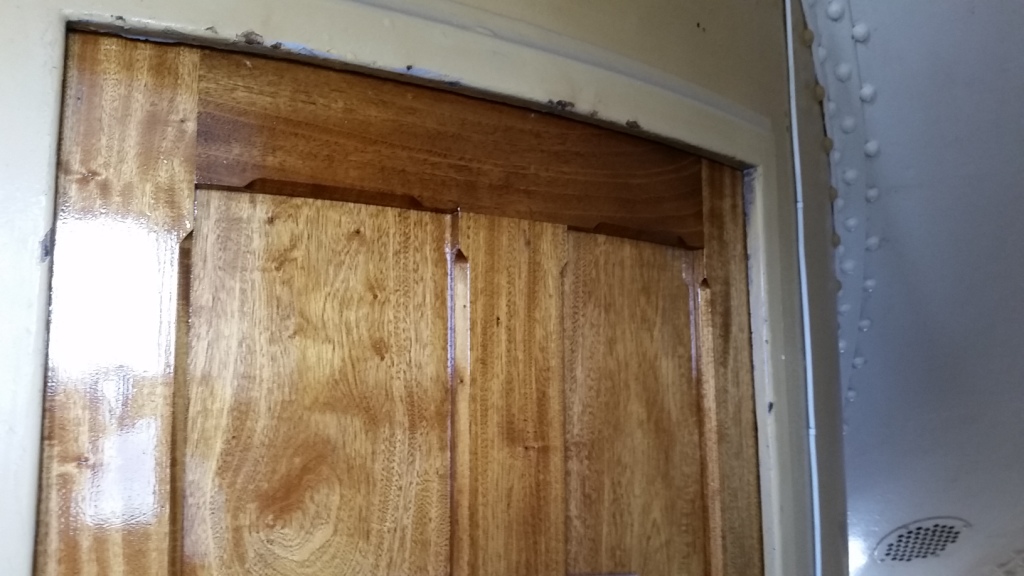





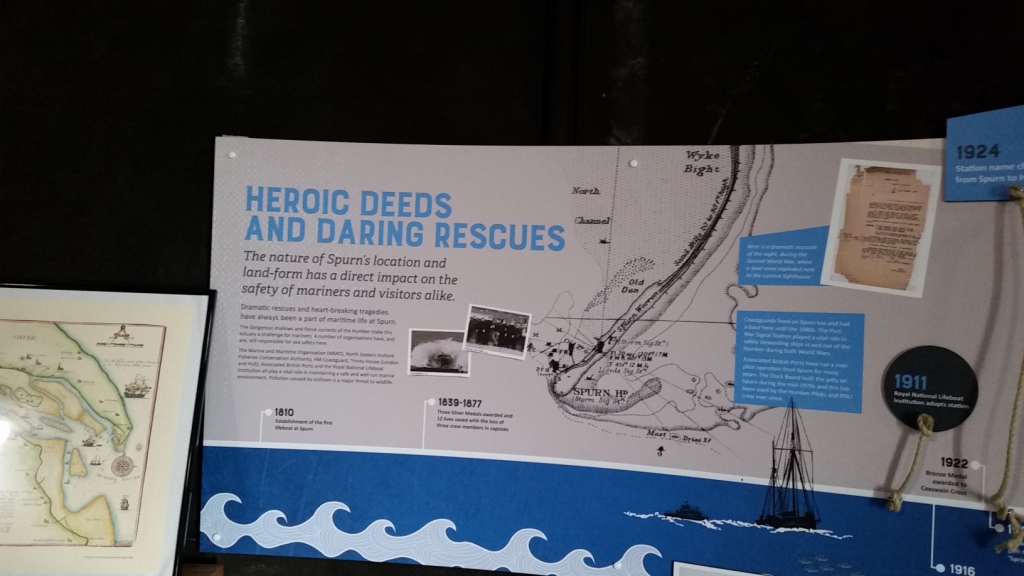









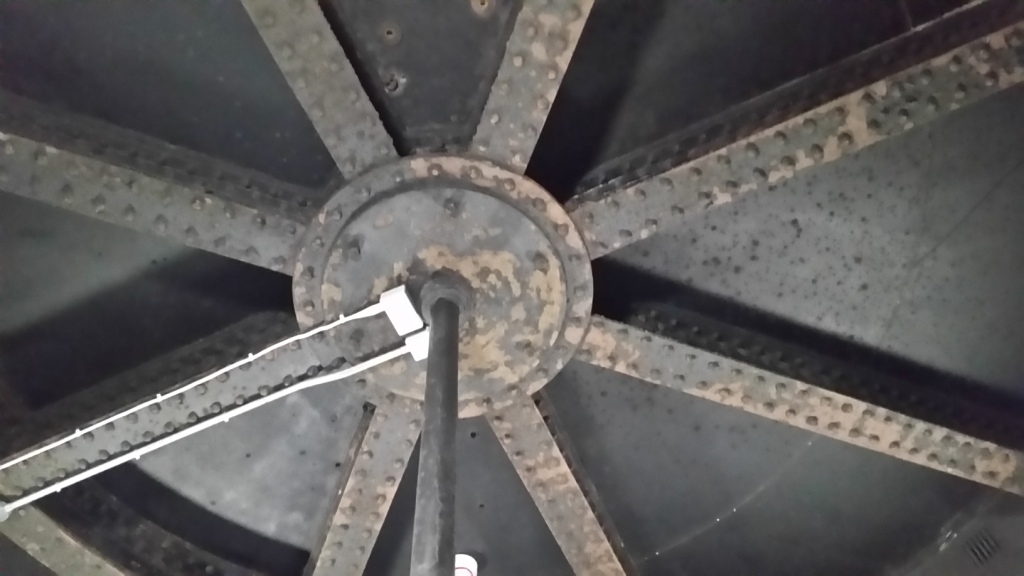





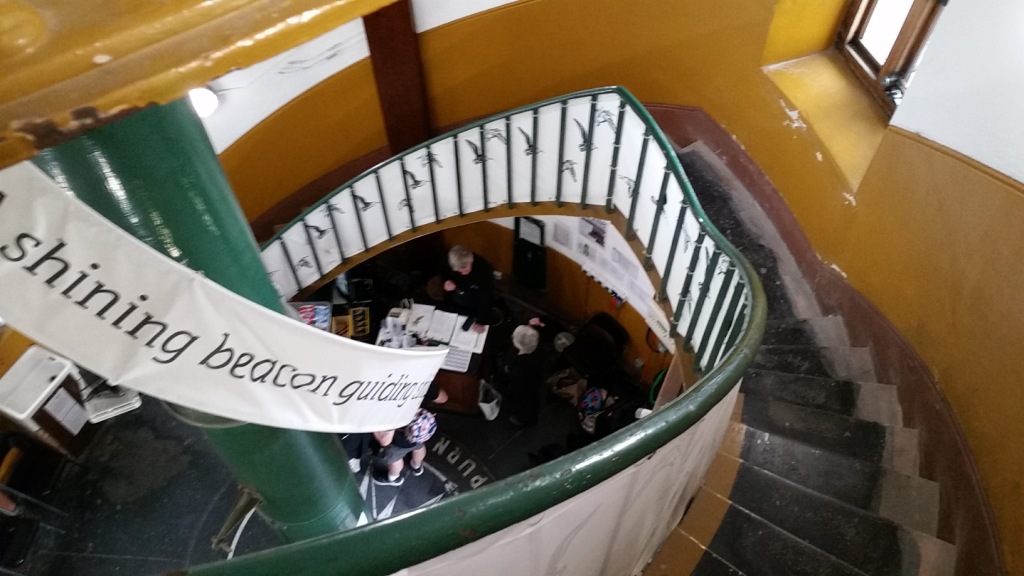

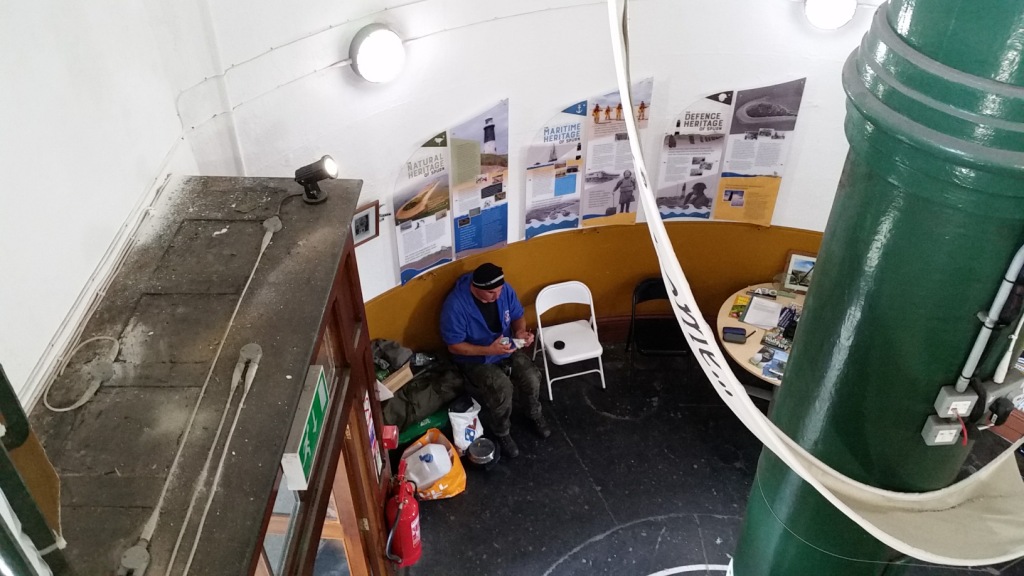









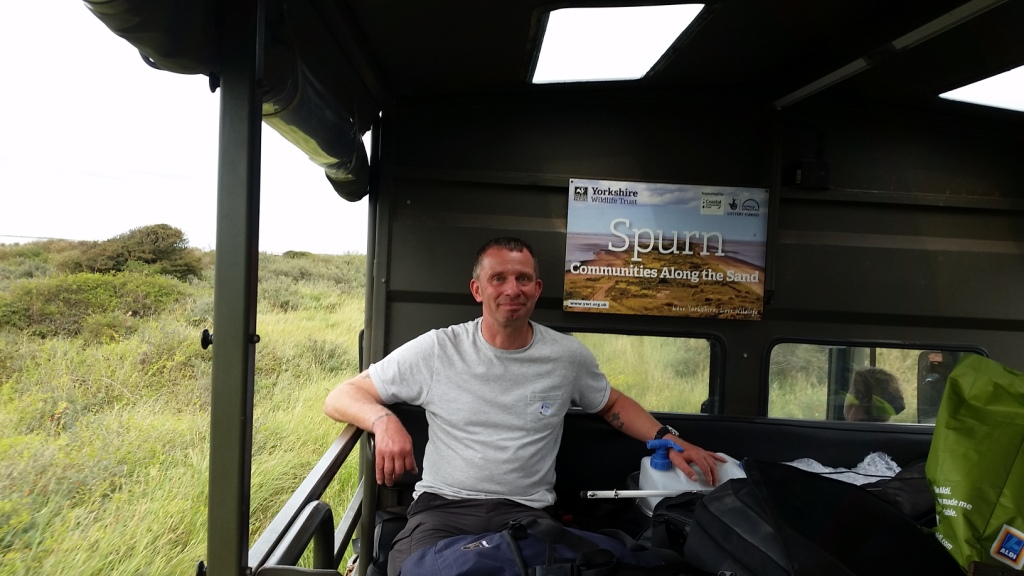












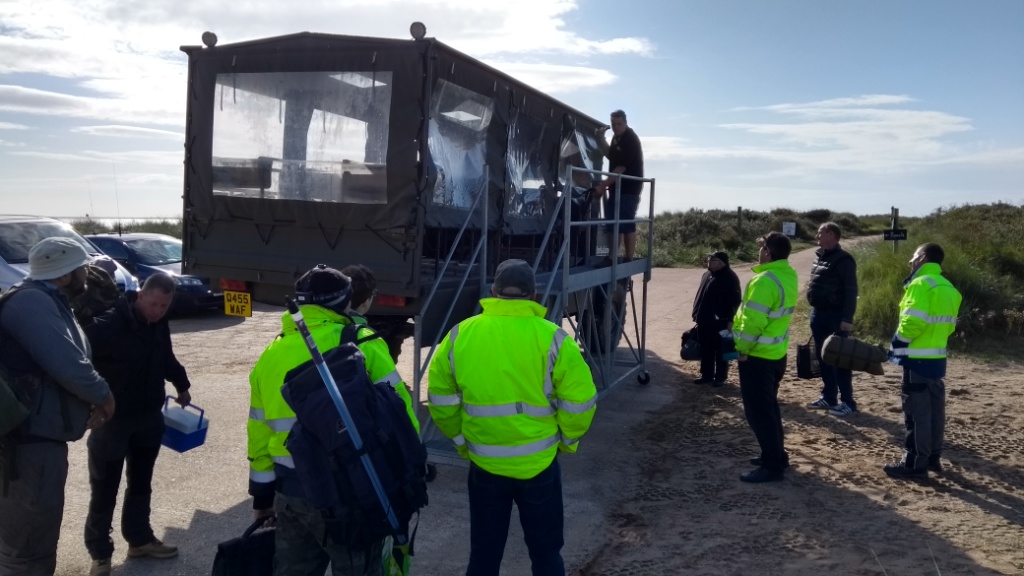



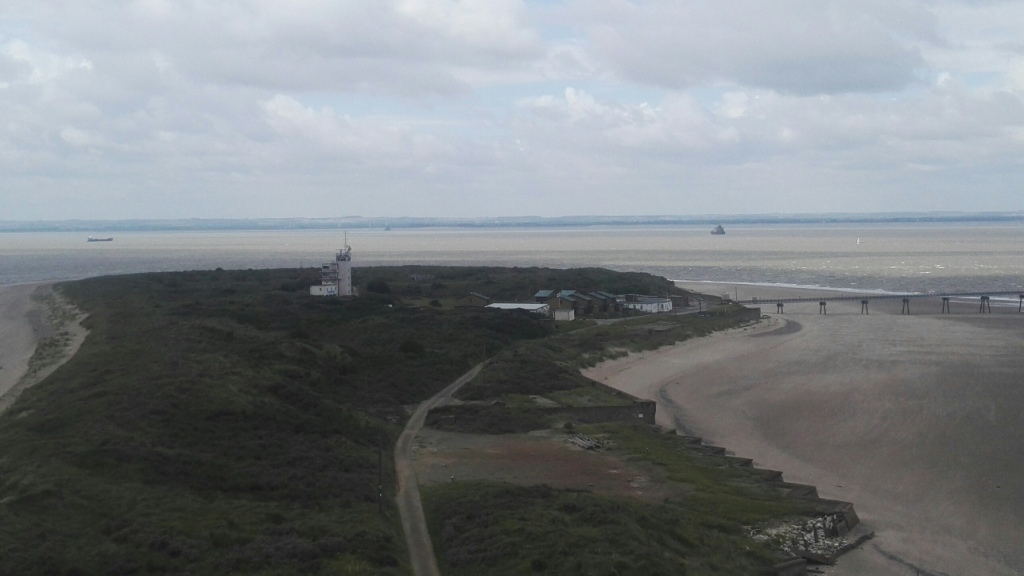




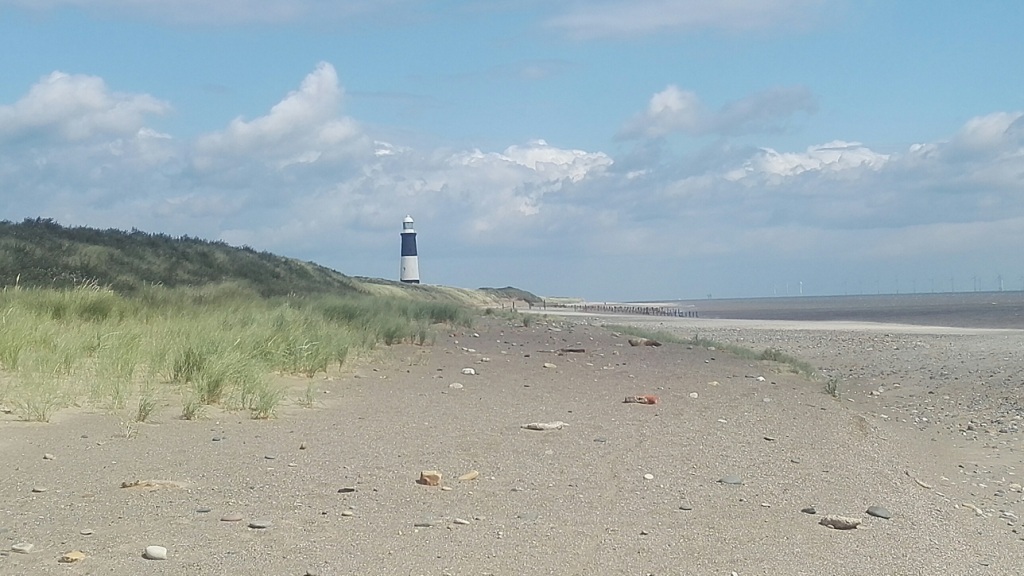








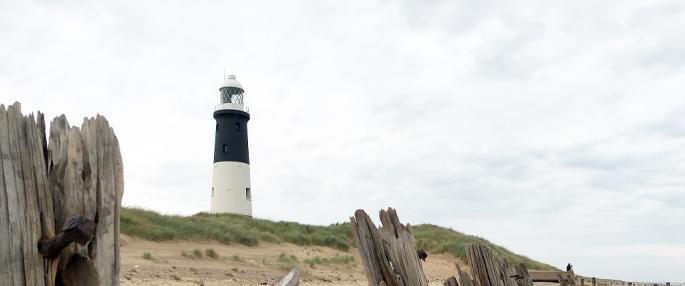
You must be logged in to post a comment.